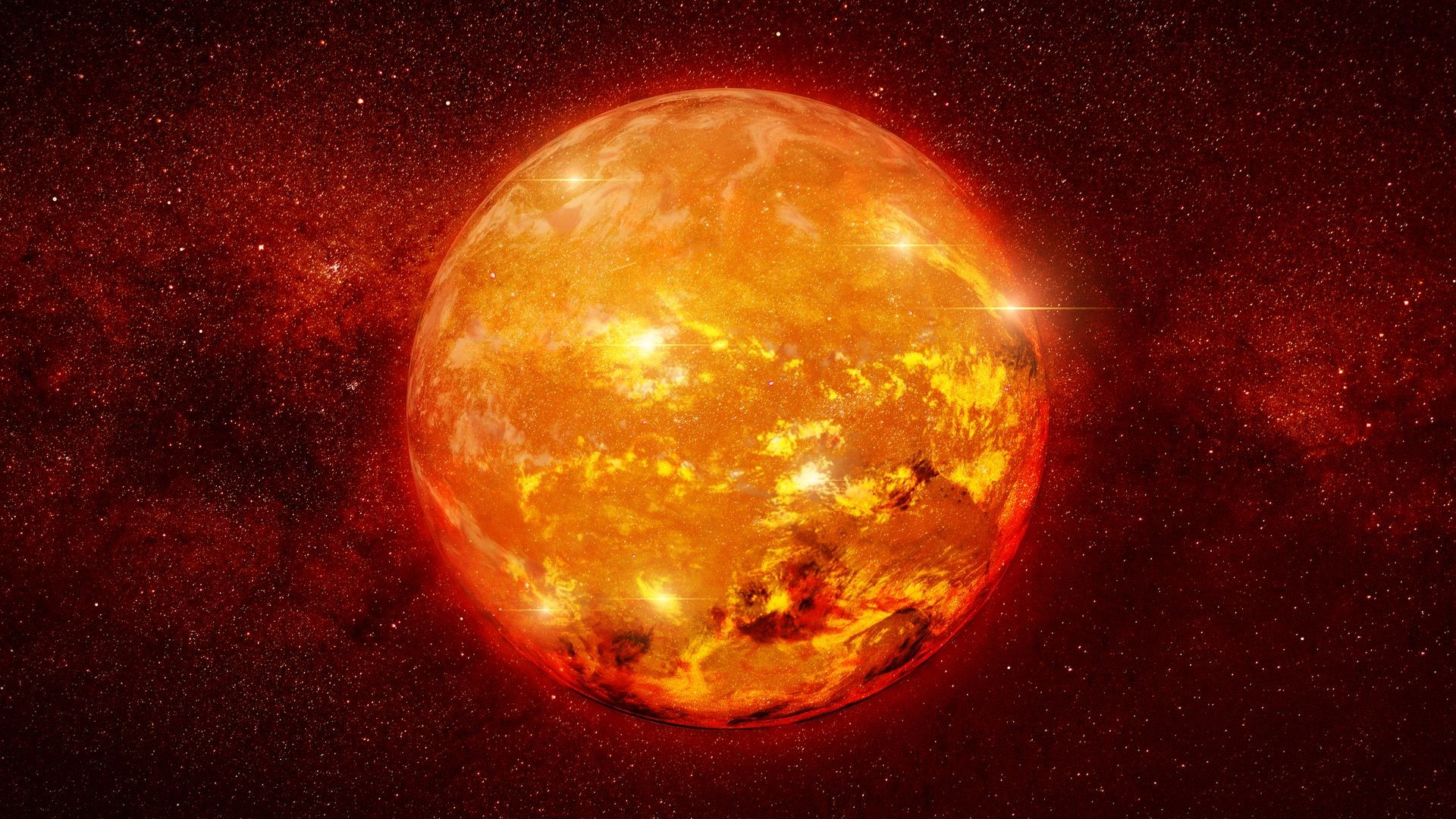The universe is vast, filled with celestial bodies of unimaginable sizes. Our sun, a star itself, seems enormous to us. But how does it measure up against the true giants of the cosmos? The answer is: not very well. The biggest known star dwarfs our sun, making it look like a tiny speck of dust.
The current record holder for the largest known star is UY Scuti, a red hypergiant star with a radius approximately 1,700 times larger than the sun’s. Imagine a sphere so large that it could engulf nearly 5 billion suns—that’s the scale of UY Scuti. While our sun can hold over a million Earths, it’s a mere dwarf compared to stars like UY Scuti.
Discovering the Giant: UY Scuti
UY Scuti wasn’t always known as a giant. German astronomers at the Bonn Observatory first cataloged it in 1860 as BD -12 5055. Later observations revealed its fluctuating brightness over a 740-day period, classifying it as a variable star. This variability is a characteristic of many giant stars as they approach the end of their lives.
Locating a Celestial Behemoth
UY Scuti resides near the center of our Milky Way galaxy, about 9,500 light-years from Earth. Nestled within the constellation Scutum, this hypergiant shines with incredible luminosity, but its vast distance makes it appear faint to the naked eye. Hypergiant stars, even larger than supergiants, are incredibly rare and characterized by their intense brightness and rapid mass loss due to strong stellar winds.
Measuring Stellar Dimensions
Determining the exact size of a star isn’t straightforward. Stars lack a solid surface; their gaseous outer layers gradually transition into space. Astronomers rely on the photosphere, the layer where a star becomes transparent to light, to define its size. This is the point where photons, or light particles, can finally escape the star’s gravitational pull.
If UY Scuti replaced our sun, its photosphere would extend beyond Jupiter’s orbit. The expelled gas nebula surrounding UY Scuti stretches even further, reaching 400 times the Earth-Sun distance, encompassing a vast region of space.
Other Contenders for the Title
While UY Scuti boasts the largest radius, it’s not the most massive star. That title belongs to R136a1, a star roughly 300 times the mass of the sun but with a radius only about 30 times larger. UY Scuti, though less massive at about 30 solar masses, occupies a vastly larger volume.
Furthermore, UY Scuti’s size isn’t constant. Its brightness and radius fluctuate, and current measurements have a margin of error of about 192 solar radii. This variability, along with the inherent challenges in measuring stellar sizes, leaves room for other stars to potentially surpass UY Scuti in size. In fact, around 30 known stars have radii approaching or exceeding UY Scuti’s minimum estimated size.
Stars like Westerlund 1-26, a red supergiant with a radius over 1,500 times that of the sun, are close contenders in the race for the largest star. The ongoing discovery and study of stars continue to refine our understanding of the universe’s true giants.
Conclusion: A Universe of Giants
The sheer size of stars like UY Scuti highlights the immense scale of the universe and the relative insignificance of our own sun. While UY Scuti currently holds the title of the largest known star, the dynamic nature of stars and the ongoing exploration of space leave the possibility open for even larger celestial behemoths to be discovered in the future. The quest to find the biggest star continues, reminding us of the boundless wonders that await us in the cosmos.
